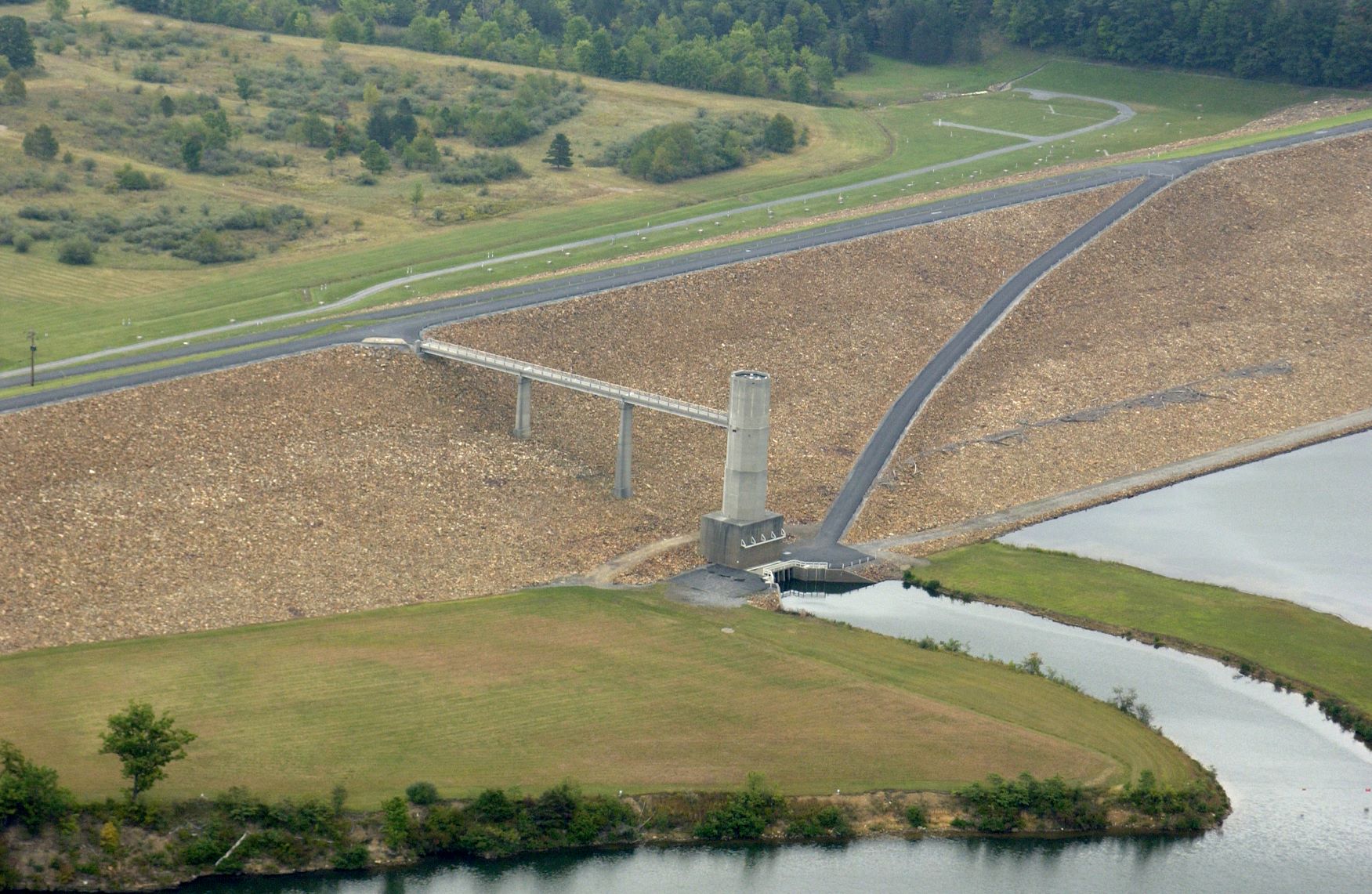CURWENSVILLE LAKE, Pa. -- The U.S. Army Corps of Engineers (USACE), Baltimore District, has released the new Curwensville Lake Master Plan (“2022 Master Plan”) and Finding of No Significant Impact (FONSI) that will serve as the guiding document for decision making at the lake for next 15 to 25 years.

Curwensville Lake Project, Curwensville, Pa.
This revision is a part of a larger, USACE-wide effort to bring all master plans up to date across the country.
The 2022 Master Plan reflects changes in land management classifications to align with current USACE regulations and guidance that have occurred since the 1968 original Master Plan was drafted. It also incorporates community input related to enhancements and opportunities at the project site. The draft plan was available for public comment from April 4 to May 3, 2022.
The 2022 Master Plan also refines land classifications to be consistent with authorized project purposes and current resource objectives. This includes a mix of natural resource and recreation management objectives compatible with recreation trends and regional goals established by stakeholders and USACE during the master planning revision process.
The 2022 Master Plan does not change the technical operations of the lake as related to its primary mission of flood risk management; it provides an analysis and guidance for future recreation enhancement and development activities at Curwensville Lake in response to the increased demand for improvements to existing recreation resources, as well as additional new recreation resources on the project site. Since the recreational area is an outgrant to Clearfield County, they manage current and future recreation opportunities and ensure USACE missions are protected while providing quality and safe recreational opportunities for the public.
It is important to note that the 2022 Master Plan does not appropriate money to enhancements discussed in the plan, but effectively portrays where projects could be authorized if funding or a strategic partnership were to become available for implementation.
The final Master Plan, previous master plan and additional information can be found on the project website: https://www.nab.usace.army.mil/Missions/Dams-Recreation/Curwensville-Lake/CL-Master-Plan-Revision/
About Curwensville Lake
The Curwensville Lake project has prevented an estimated $302.7 million in flood damages for the local community since its construction was completed in 1965. Curwensville is located on the West Branch of the Susquehanna River in Clearfield County, Pa. It is 13 miles southwest of Clearfield and 30 miles southeast of DuBois, Pennsylvania.
Curwensville Dam is an earthfill structure with a spillway and a gate-controlled outlet. The reservoir has a storage capacity of 119,467 acre-feet at spillway crest and extends 14 miles upstream when filled to that level. The project controls a drainage area of 365 square miles or 98 percent of the West Branch at Curwensville and 75 percent at Clearfield. The project reduces flood heights along the West Branch below the dam and provides a lake for recreation.
Clearfield County operates and maintains the recreation area which includes a beach, boat launch, picnic areas, athletic fields, playgrounds, picnic pavilions, and a 43-site campground.
###
Baltimore District celebrates 175 years of Service to our Nation in 2022
Since the Nation’s fight for independence, the U.S. Army Corps of Engineers has played a vital role in developing our Nation. The Baltimore District has a long and storied history that extends as far back as the early 1800s when USACE constructed Fort McHenry, successfully shielding Baltimore against British attacks in the War of 1812. And when the threat of coastal attack diminished in the 1820s, Baltimore District turned its attention to developing roadways, railways, canals, and more, marking the beginning of the District’s Civil Works mission. Baltimore District delivers vital engineering solutions in collaboration with its partners to serve and strengthen the Nation, energize the economy, and reduce disaster risks. Baltimore District has an extensive flood risk management program, inspecting nearly 150 miles of levee systems and operating 16 dams, translating to the prevention of more than $16 billion of flood damages to date. The district maintains 290 miles of federal channels, including dredging the Baltimore Harbor, which material is beneficial mainly for restoration missions, such as the expansion of Poplar Island in the Chesapeake Bay. The district has vast ecosystem restoration missions that include restoring native oyster populations in the Bay. Baltimore District is the only district to operate a public utility — the Washington Aqueduct — that produces an average of 135 million gallons of drinking water per day at two treatment plants for approximately one million citizens living, working, or visiting the National Capital Region. The district also cleans up formerly used defense sites, decommissions and deactivates former nuclear power plants, and performs cleanup of low-level radioactive waste from the Nation’s early atomic weapons program. Baltimore District executes a robust military construction program and provides real estate services. These civil and military missions and diverse engineering services support communities and warfighters while addressing the ever-growing list of emerging national security requirements and ultimately protecting the Nation.
For more information, please visit www.nab.usace.army.mil/.